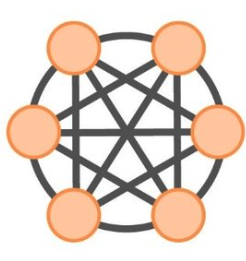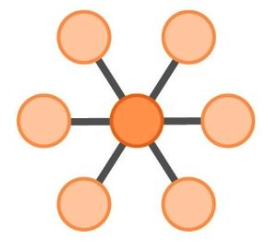Sites & Subnets
In SambaBox, sites are used to group network components (servers) based on the physical locations of a network. Each site brings together subnets and servers that are geographically close. This reduces network traffic, speeds up data transmission, and improves communication between remote areas.
Sitelinks are connections that direct communication between different sites. A sitelink connects one site to another, helping optimize this communication in terms of timing and cost.
Servers within each site host SambaBox services. Each site can have its own servers, which can be configured to meet the unique needs and management requirements of that site.
NTDS connections (NTDS stands for “NT Directory Services”) are used for data replication between SambaBox servers. Servers exchange data via NTDS connections to ensure that the data is consistent across the network.
In summary, in SambaBox, sites, sitelinks, servers, and NTDS connections work together for the effective management, performance, and data security of large, geographically distributed networks. Each component is designed to meet specific network requirements and, together, they ensure the smooth operation of the network.
Sites and Subnets screen allows users to choose from different network topologies which directly affects directory replication topology.
Users can choose to Ingore Replication Schedules or Bridge All Site Links.

There are different network topologies which can be used in a SambaBox directory environment.
These network topologies are
Fully Connected Mesh Network Topology
Hub-and-Spoke Network Topology
Fully Connected Mesh and Hub-and-Spoke network topologies are structural approaches that define how computers or devices communicate with each other. A fully connected mesh has every device directly connected to all other devices, providing high reliability and data transmission speed but comes with high setup and maintenance costs. On the other hand, Hub-and-Spoke involves a central point (hub) communicating with many devices (spokes). The hub collects and distributes data, while devices typically communicate only with the central hub. While star topology provides central control, Hub-and-Spoke is more scalable but carries the risk of network disruption if the central point fails. Both topologies can be adapted to different use cases depending on the needs. The choice is made based on requirements and costs; fully connected mesh enhances security, whereas hub-and-spoke can offer cost savings.
For more information on the subject please contact Felisify.
Sites and Subnets screen also enables users to

